Next Generation Supplements Make Menopause Less Stressful
However, many women may not realize that their risk of heart disease also increases during the menopausal period, according to Dr. Nesochi Okeke-Igbokwe, M.D., a practicing physician in New York City and an expert in women's health.
"There is no time like the present for women to commit to better heart health and overall health," says Dr. Okeke. "Women who suffer from pre- and post-menopausal symptoms such as hot flashes, night sweats, and hormonal imbalance now have a way to help ease their discomfort and the debilitating effects of their symptoms with over-the-counter supplementation."
The HerHeart supplement from BergaMet North America, a manufacturer of exclusive natural supplements, represents a new frontier in managing menopause symptoms. The oral supplement product is designed exclusively for women, and contains Citrus Bergamot SuperFruit™, a unique high-quality citrus bergamot with a 47% BPF (bergamot polyphenol fraction) concentration (the highest available in North America and exclusive to BergametNA), along with other ingredients that have been shown to help balance hormones and ease the discomfort of menopause. HerHeart also helps promote heart health; the product is engineered to help reduce arterial age and to improve cholesterol levels.
Data from clinical trials of HerHeart show a 42% improvement in comfort level and a 75% reduction in hot flashes; other benefits include increased sexual desire and arousal.
"I am getting heart and mind healthy," says Kimberly L., a consumer who uses the HerHeart supplement.
"I am using this for pretty much every reason," she says. "Menopause, anti-inflammatory, thyroid issues, and blood sugar, too." After two weeks of taking HerHeart, "I am no longer having night sweats. I am sleeping better. I have a very noticeable amount of energy now," she adds. The HerHeart product "is doing everything the company said it would," Kimberly says. "I would like to continue on for the 90 days, to see how my cholesterol and liver function does. I am super-excited over the help with menopause. My husband appreciates the change in my attitude!"
Visit tryherheart.com for more information about the supplement, and visit Bergametna.com or call 1-855-556-2131 for more details about other Citrus Bergamot Superfruit™ products for better health. The BergametNA stock symbol is HYEX.

 - Seen one of those Camp Lejeune lawsuit ads lately? Of course you have. Lawyers seeking to represent victims sickened by the water at the North Carolina Marine Corps base have been running them seemingly non-stop ever since Congress passed a law last month allowing cases to finally proceed.
- Seen one of those Camp Lejeune lawsuit ads lately? Of course you have. Lawyers seeking to represent victims sickened by the water at the North Carolina Marine Corps base have been running them seemingly non-stop ever since Congress passed a law last month allowing cases to finally proceed.


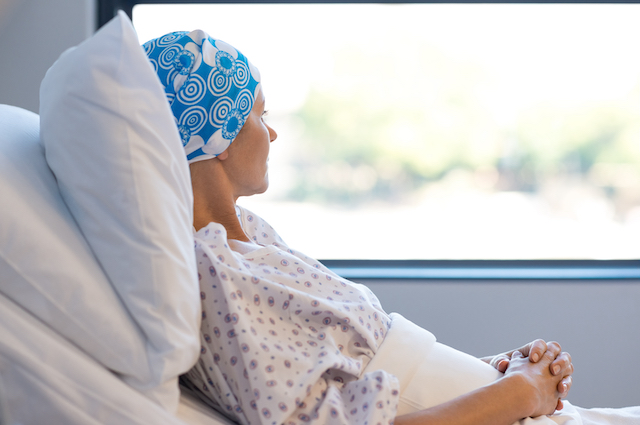

 - Peripheral arterial disease (PAD) is a common condition affecting more than 12 million people in the U.S. However, symptom recognition is low: 50% of PAD patients have unrecognized symptoms, often brushed off as a result of aging. This September, during PAD Awareness Month, Dr. John Laird, vice president and chief medical officer of Peripheral Vascular Health at Medtronic, breaks down what to know about this common, but often misunderstood, disease.
- Peripheral arterial disease (PAD) is a common condition affecting more than 12 million people in the U.S. However, symptom recognition is low: 50% of PAD patients have unrecognized symptoms, often brushed off as a result of aging. This September, during PAD Awareness Month, Dr. John Laird, vice president and chief medical officer of Peripheral Vascular Health at Medtronic, breaks down what to know about this common, but often misunderstood, disease.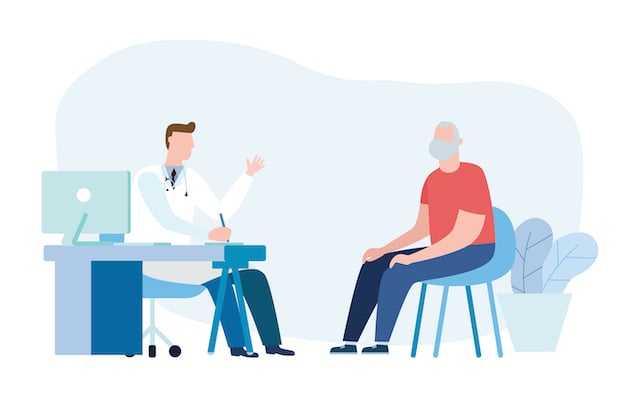
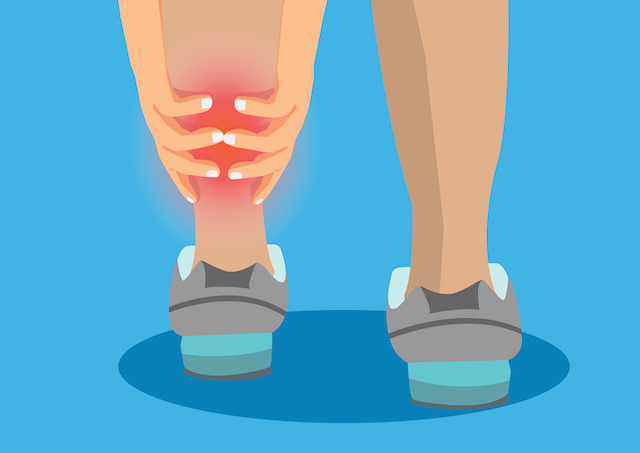
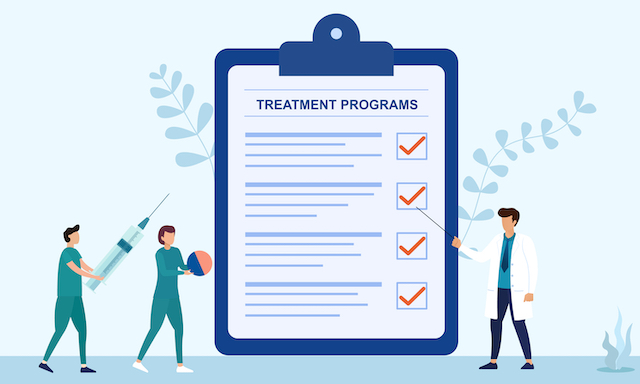

 - You may be among the
- You may be among the 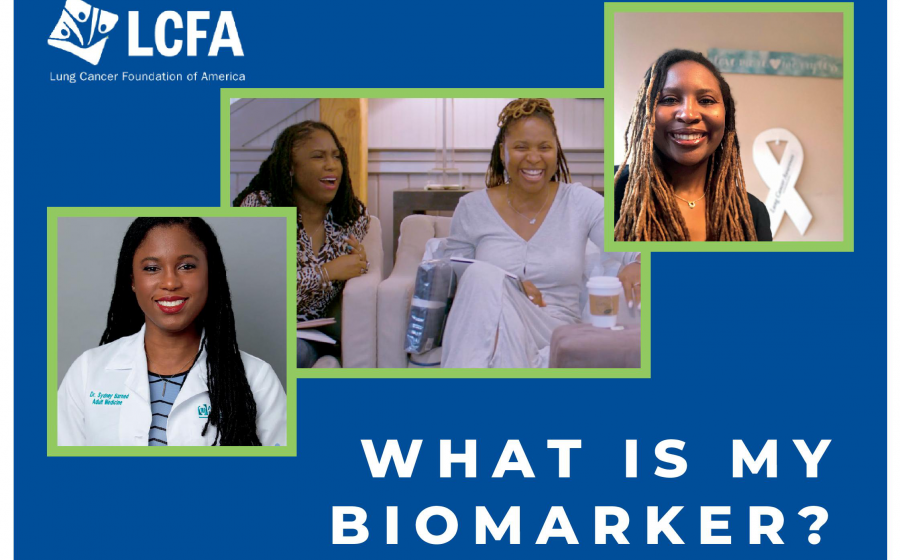
 - Despite advances in diagnosis and treatment, lung cancer remains a leading cause of death for Black men and women. In the United States, estimates suggest that more than 73,000 Black individuals will die from lung cancer in the next year alone.
- Despite advances in diagnosis and treatment, lung cancer remains a leading cause of death for Black men and women. In the United States, estimates suggest that more than 73,000 Black individuals will die from lung cancer in the next year alone. 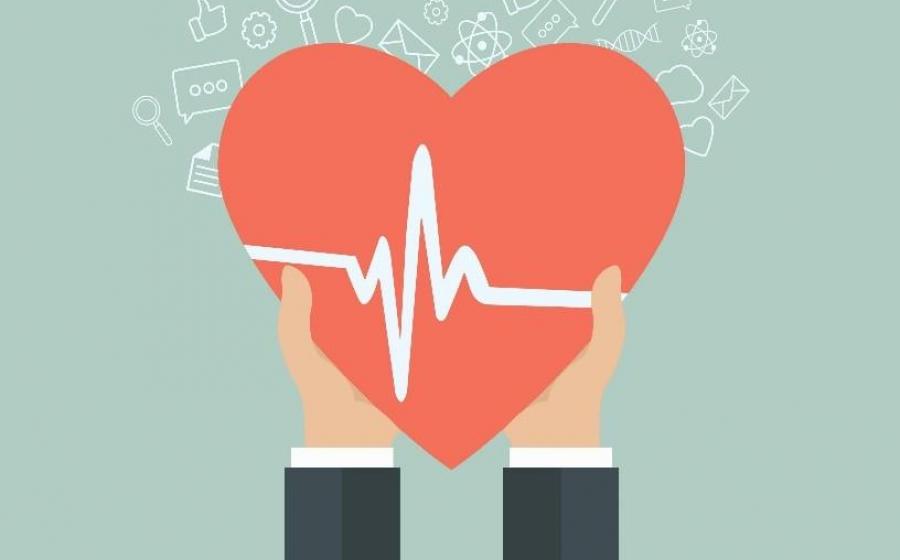
 - Pulse Check: 3 Things You May Not Know About the Most Common Heart Rhythm Disorder
- Pulse Check: 3 Things You May Not Know About the Most Common Heart Rhythm Disorder  -
- 
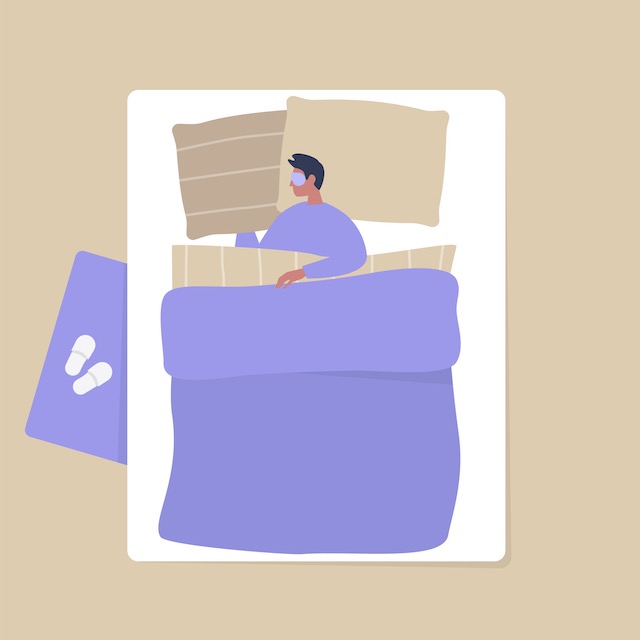
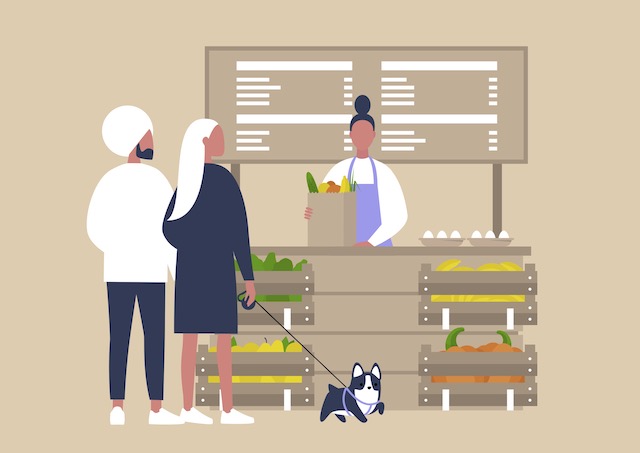
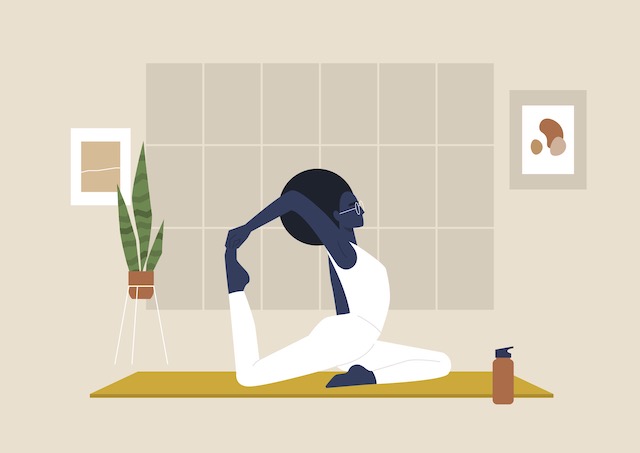

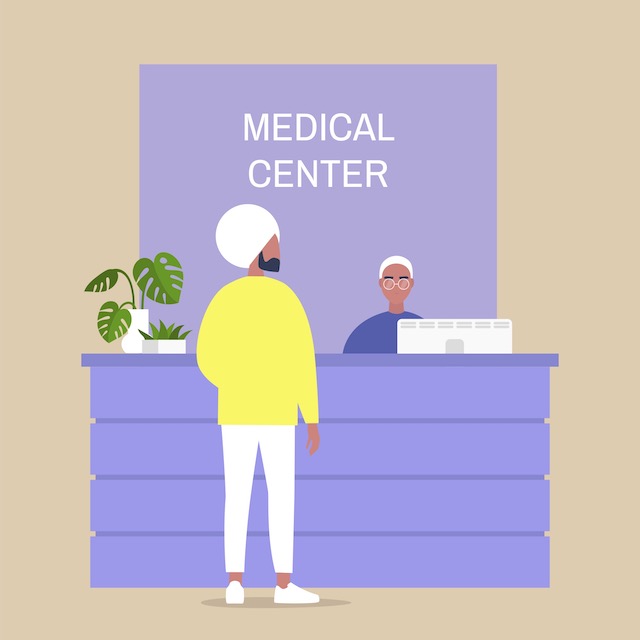
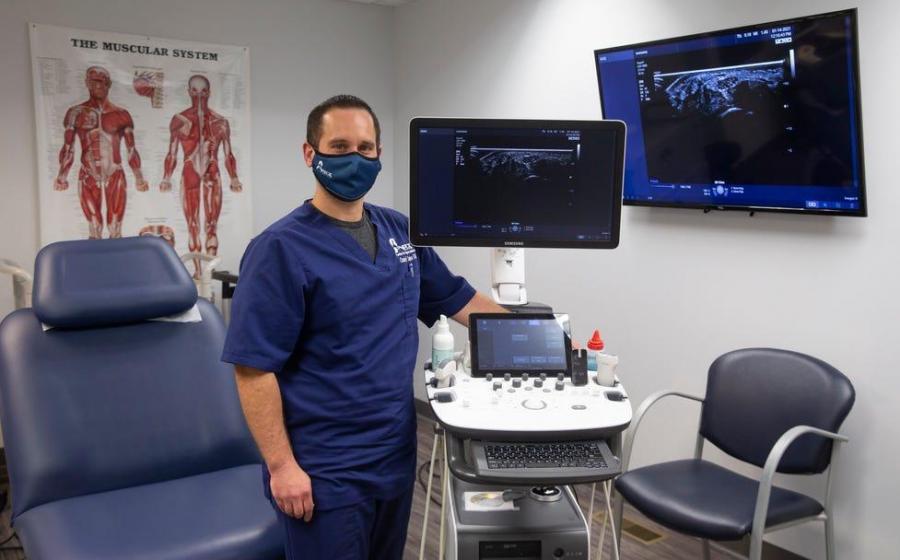
 - Accidents happen: you hurt your shoulder fixing that broken gutter or throwing a baseball, develop carpal tunnel syndrome from your less-than-ergonomic work-from-home setup, or you suffer from painful tendon or joint conditions such as arthritis.
- Accidents happen: you hurt your shoulder fixing that broken gutter or throwing a baseball, develop carpal tunnel syndrome from your less-than-ergonomic work-from-home setup, or you suffer from painful tendon or joint conditions such as arthritis. 
 - The scorching sun is the major reason that skin cancer is the nation’s
- The scorching sun is the major reason that skin cancer is the nation’s 
